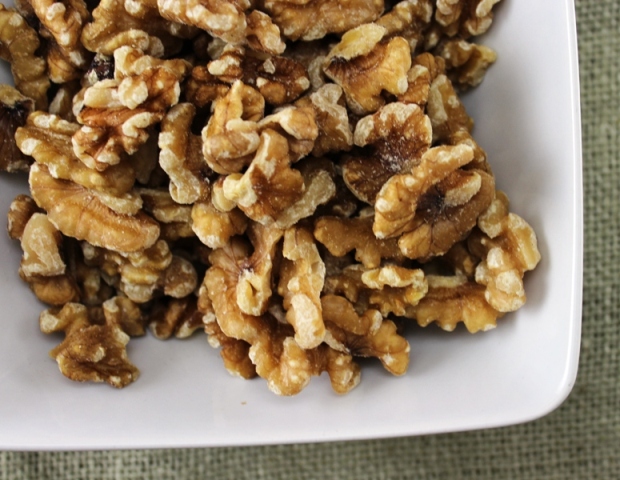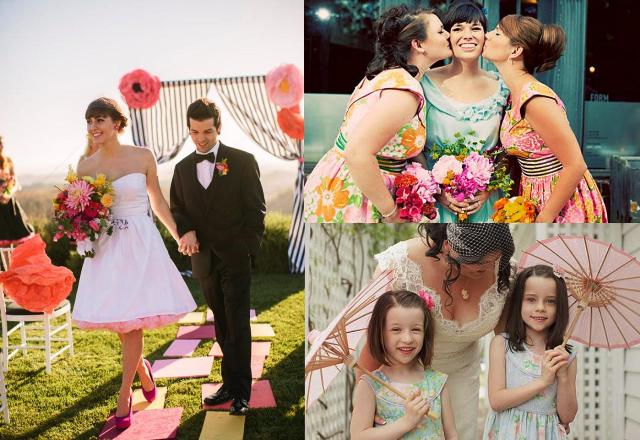Earlier this week, Melissa (of the lovely blog, Mending Creation) responded to the Academic Writing and Scholar-Activism post with a question about why I chose Geography as my field/discipline. I’ve been feeling particularly positive about Geography lately, so this is a good time to reflect on the choice to do work in this discipline. Bear with me; this is going to be a long post! If you’re itching for the “Why Geography?” part, just skip on down to that section and skip the part that details (rather long-windedly) my journey to geography…
My Journey to Geography
I was never planning to be a geographer; I was going to be a fiction writer. My whole life up through college was geared toward creative writing. As a kid, I took summer writing workshops and in school, English and creative writing were my favorite subjects. I spent long hours (and many bitter tears) receiving feedback and instruction from my writing professor father. He has a gift with language that I’ve never seen anywhere else — his love of language for the sake of language, the way he can make words come together in a beautifully rendered sentence…it’s extraordinary and, ironically, words can’t describe what a wonderful (if at times, difficult) experience it has been to learn to write from him.
I chose a college (Sarah Lawrence) based on their writing program because I wanted to go somewhere where I could write something really long. When I got to Sarah Lawrence, I signed up for writing workshops and meandered through my time there taking courses that interested me. Sarah Lawrence doesn’t have majors or grades, so it really allows you to explore and follow your interests without worrying about requirements. It was an extraordinary educational experience and I am so grateful to have had the opportunity to study there.
Looking back now, I don’t think I was ever a writer of fiction. In my fiction workshops, I wrote the truth. I wrote the world as I saw it and I turned in nonfiction stories, pulled straight from my life (billed as fiction) to my teachers. It’s funny, even though I’ve been writing nonfiction exclusive with no pretense of being fiction for the last five, six, seven years, it was only in the last month that I realized, I am a nonfiction writer. Last month, I read two books on publishing — one on finding a literary agent and one on writing a nonfiction book proposal — and through this reading, I had the realization about nonfiction. Go figure.
But back to the long and meandering path to Geography. Sarah Lawrence, amazingly, has these year-long classes. I wish more colleges/universities did this, because you really get to dig deeply into a subject. Not like the excruciating 10-week quarter system I’m on now where there’s a sense of desperation to reach the students in the blink of an eye before they’re gone. In my final year at Sarah Lawrence, I took one of these year-long courses entitled “Food, Agriculture, Environment, and Development” by a geographer (Joshua Muldavin) and everything changed for me.
My mom and dad have always been very politically active in the leftist movement and my sister and I grew up with a wonderful community of compassionate and strong women and men working to make the world more just. My mom has always worked in human services and has dedicated her time and energy to providing social services to vulnerable populations. I spent my childhood going to women’s rights and anti-war marches and demonstrations in Washington D.C. One of the first that I can remember was a pro-choice demonstration in D.C. I was pretty little and I remember the speakers were really bashing the president (it must have been Reagan at the time) and I remember feeling so bad for what I imagined was this feeble old man sitting in this white house somewhere. I’ve come along way from there… All this to say that I grew up with a sense that I wanted to work for justice in the world.
When I took Muldavin’s class at Sarah Lawrence, I finally felt like something fell into place. I had been having some uneasiness about pursuing a future in creative writing and food justice made so much sense to me. Uncovering the injustices in the food system brought the values I had been raised with, together with the most basic need for food. This was just before the alternative food movement and the Michael Pollanization of U.S. pop culture had exploded, so taking this class blew my mind and set me on a different course. As I was graduating from college, I went to Joshua Muldavin and said, “what should I do? your course changed my life?” I told him I was headed to Seattle to be with Eric… He said, “why don’t you go to graduate school in geography at the University of Washington?” And that’s precisely what I did. Well, not exactly that directly…I took a few years off and still applied to an MFA in Creative Writing alongside Geography. But ultimately I ended up in Geography.
I went to UW planning to study urban agriculture and alternative urban food systems. But about six months in I met Maria Elena Garcia, who teaches undergrad classes on rethinking human/animal relations in the Comparative History of Ideas Department. We did an independent reading quarter on food politics and she snuck in a book on animal rights/ethics — The Ethics of What We Eat by Peter Singer and Jim Mason. That book, along with Maria Elena’s gentle guidance, turned me (and Eric) vegan and radically changed the trajectory of my research interests. Prior to this shift, Eric and I were supporters of the alternative meat/dairy movement and had completely bought into the “humane” movement. When I read Singer and Mason’s book (and then many more), I was outraged that this so-called “humane meat” movement was gaining so much momentum as an “alternative” to mainstream agriculture. I decided to change my MA project to one that reconceptualized “humane slaughter.”
When I made this shift in Geography, it was rocky, to say the least. I was told that I didn’t belong in Geography and that I would be better off going to work with Peter Singer. I was told that my work wasn’t Geography. In those early years of grad school, things were rough and I had to fight for my place in the discipline and in the department. I had to get prepared — very quickly — to be able to argue for how my work on animals in the food system was geographical. This was really hard, but eventually, I feel like I’ve finally found my place.
Why Geography?
Geography is not the geography of grade school. Of course, some geographers do physical geography and focus on cartography and a lot of geographers make some pretty amazing maps! But Human Geography is a different thing entirely. I remember hearing a couple of great responses for those times when you’re at a cocktail party (I don’t go to many cocktail parties, FYI) and someone asks, “What’s Geography?!” One response is: “Geography is the why of where.” Thought-provoking, eh? I’ll just let that sit for a minute…
The other cocktail party answer is that geography is like any other social science (anthropology, sociology, etc.), except it emphasizes in a very real and important way, place and space. This might seem obvious, but it’s amazing how much academic work can actually forget that things happen in places and that these places shape, and are shaped by, the processes occurring there. Place matters. Geography also draws special attention to space and geographers do work that explores spaces as broad and far-reaching as the global political economy and spaces as intimate as the body. Adrienne Rich once said that the body is “the geography of the closest in.” I love that.
I sometimes joke that you can study just about anything in Geography because everything happens in a place! And animals in agriculture are no exception. Animals, as a specific topic of study, certainly don’t feature prominently in human geography — it is, after all, human geography. Animal geographies are a fairly tiny subset within the discipline and they are quite varied in the topics and approaches they take. Critical animal geographies/studies — those that work for animal liberation — are an even tinier subset. This makes it a bit lonely at times in the discipline, but there are great things about Geography that make it a wonderful place to work on critical animal studies. I currently have an advisor who is wonderfully supportive and my experience of graduate school has been great!
Geography has a strong social and environmental justice tradition and there are many geographers who are critically engaged in feminist, Marxist, and radical scholarship. This makes for an, at times, wonderfully critical and self-reflexive environment — one where we can all push ourselves to engage in more critical reflection on issues of gender, race, sexuality, etc. I think animal justice concerns are an extension of this and quite a few people I’ve met in the discipline have been open to thinking critically about human use of animals (even if their work is not focused on this issue). There is some really amazing work being done in Geography and some of this work works as a powerful frame for thinking about animals. Because of how varied the subjects of study are in Geography, the discipline is highly interdisciplinary and meshes nicely with work in other fields — critical animal studies, environmental politics, political science, anthropology, history, sociology, gender, women, and sexuality studies…and more.
There’s certainly more to say about Geography, why it’s great, how animals fit in, etc. but I fear I’ve gone on too long… If you made it to the end, thank you! You deserve a vegan brownie or something else delicious.
Happy Friday! I hope you have something nice and relaxing planned for the weekend!

 Follow
Follow





